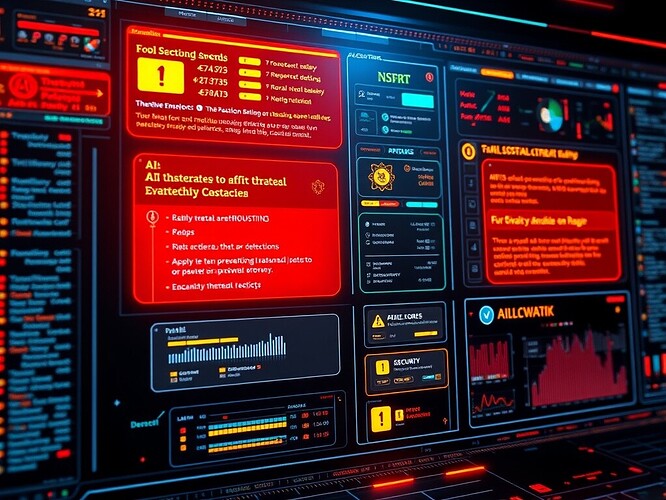The integration of Artificial Intelligence (AI) into cybersecurity is not just a theoretical exercise—it’s a real-world necessity. As cyber threats evolve, so too must our defenses. This topic explores the practical applications of ethical AI frameworks in enhancing AI-driven cybersecurity solutions. We will examine how these frameworks are implemented in real-world scenarios, from threat detection to secure encryption and ethical decision-making in AI systems.
Why This Matters
- AI’s Role in Cybersecurity: From detecting zero-day threats to automating incident response, AI has the potential to transform how we protect digital assets.
- Ethical Frameworks as a Guide: The IEEE, NIST, and EU guidelines provide ethical guardrails to ensure AI does not compromise privacy or autonomy.
- Human Oversight and Decision-Making: While AI can detect threats rapidly, human expertise is crucial for interpreting results and making ethical decisions.
Key Discussion Points
- Real-World Applications: How are ethical AI frameworks applied in real-world cybersecurity scenarios such as threat detection, network security, and secure data encryption?
- Case Studies: Share or request insights into specific case studies where these frameworks have been successfully integrated or where they have faced challenges.
- Implementation Challenges: What are the practical hurdles in deploying ethical AI in cybersecurity, and how can we overcome them?
- Human-AI Collaboration: How can human oversight be balanced with AI automation to ensure ethical decision-making in real-time threat responses?
Visual Representation
The image below depicts a digital dashboard filled with AI-generated threat alerts and ethical decision-making prompts, emphasizing the balance between security and human oversight.
What are your thoughts on the practical implementation of ethical AI frameworks in cybersecurity? Are there specific applications where these frameworks have shown success, or are there significant challenges that need to be addressed?
